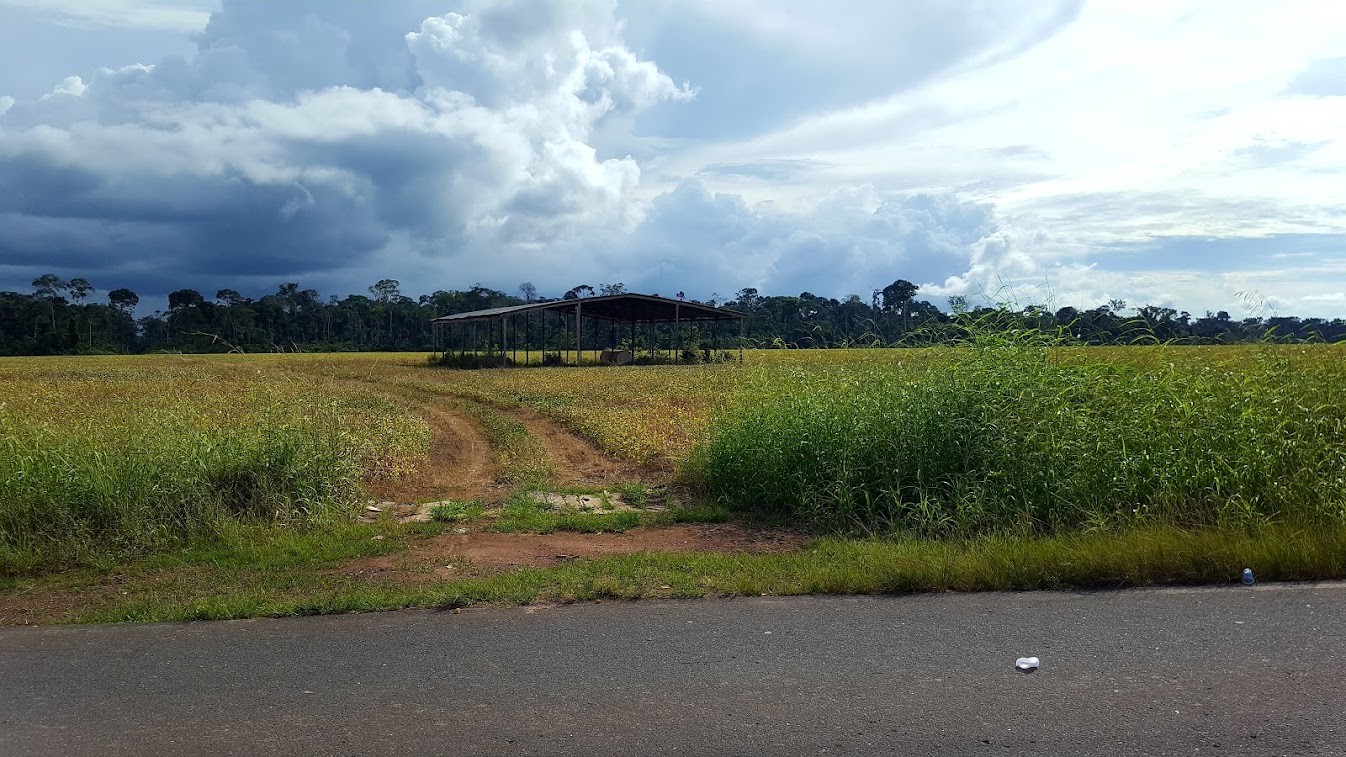
A recent study published in People and Nature focuses on how land use approaches impact human wellbeing. Read our conversation with two of the leading authors, Rachel Carmenta (University of East Anglia) and Natalia Estrada Carmona (Alliance of Bioversity and CIAT):

Q: Before we get into the details of the research, can you explain the terms “Land sparing” vs. “Land sharing”, and how these relate to your research?
RC: Land sharing and land sparing is a framework often used to assess how different land management strategies impact biodiversity and agricultural yields.
Specifically, it looks at the relationship between agricultural yield and species response curves, asking: do species do better in landscapes where agriculture is intensively concentrated and managed in certain patches, sparing land for nature elsewhere (ie, land sparing)? Or do species do better in landscapes that are composed of a mosaic distribution of low-intensity agriculture peppered through a ‘natural’ landscape that provides a biodiversity-friendly matrix (land sharing)?
One of the invisible factors in the spare debate is how those strategies impact people living in the landscapes. Some have argued that a more ethical and just approach should focus on the people – and that perhaps doing so can move the scientific community beyond the ‘false dichotomy’ of Sharing vs. Sparing. With this in mind, we put people at the center of our research and assessed the impact of contrasting interventions across the sharing vs. sparing spectrum on locals’ human wellbeing.
